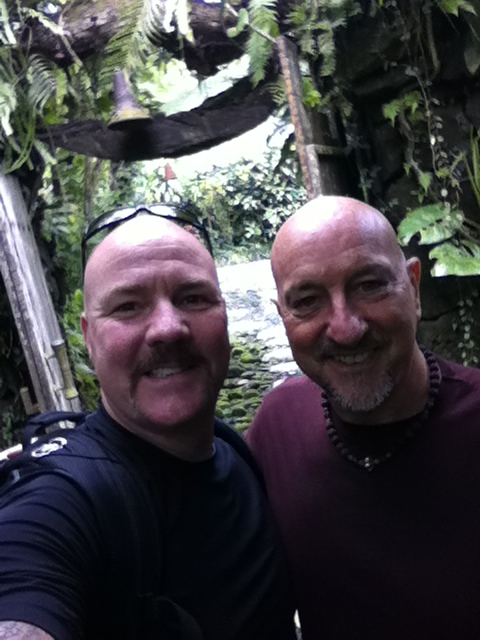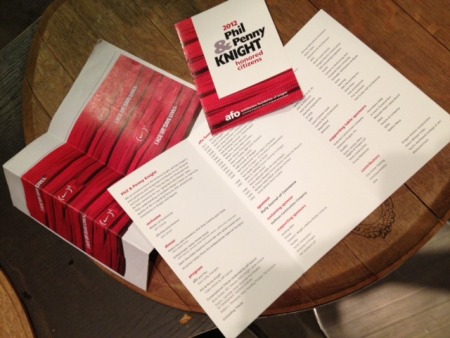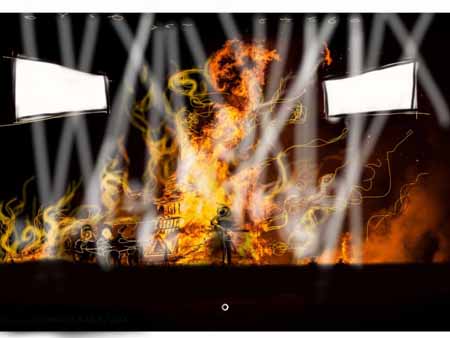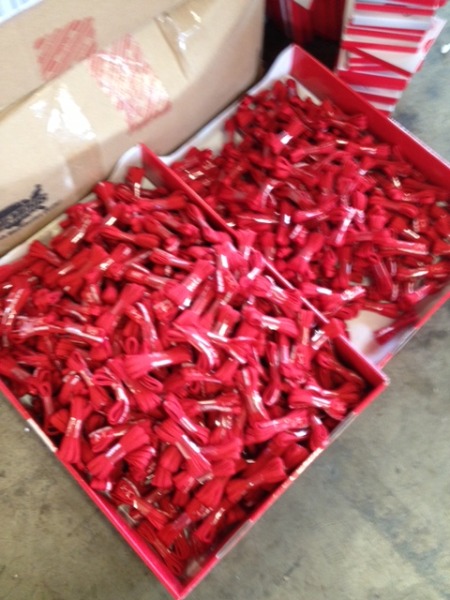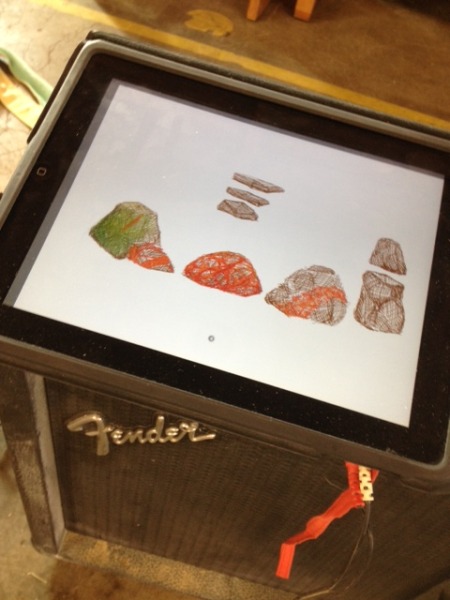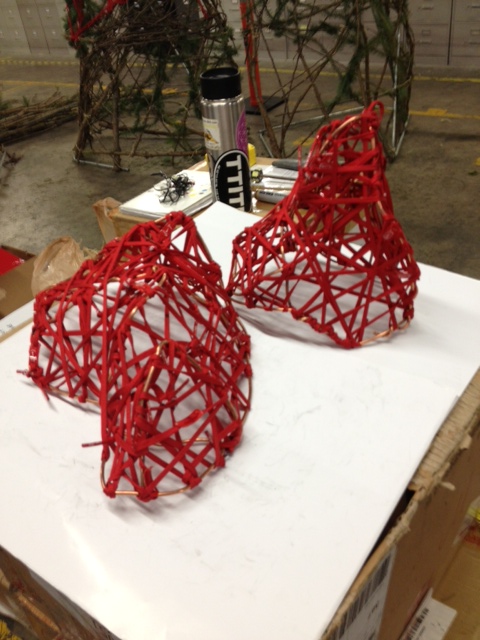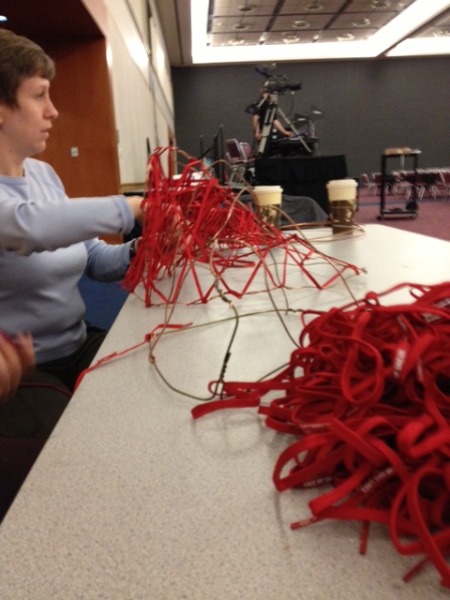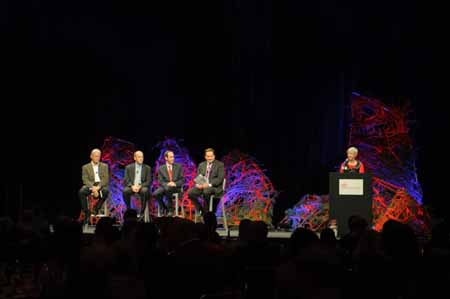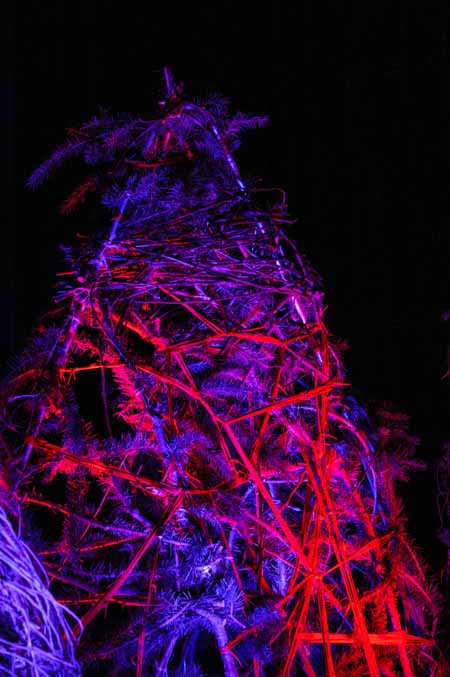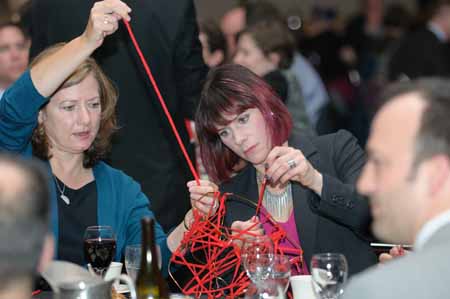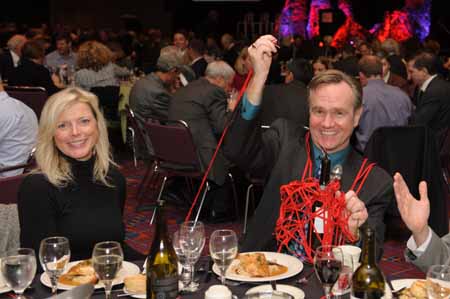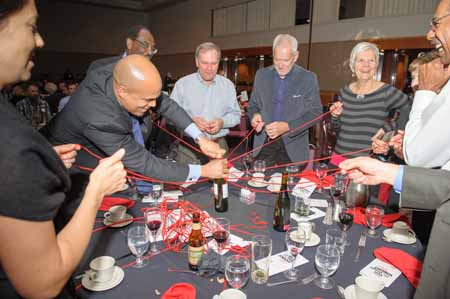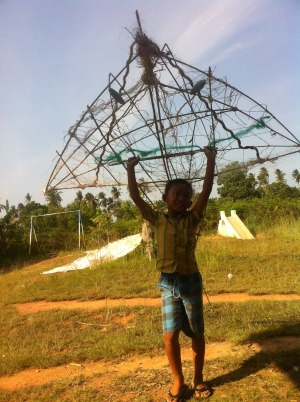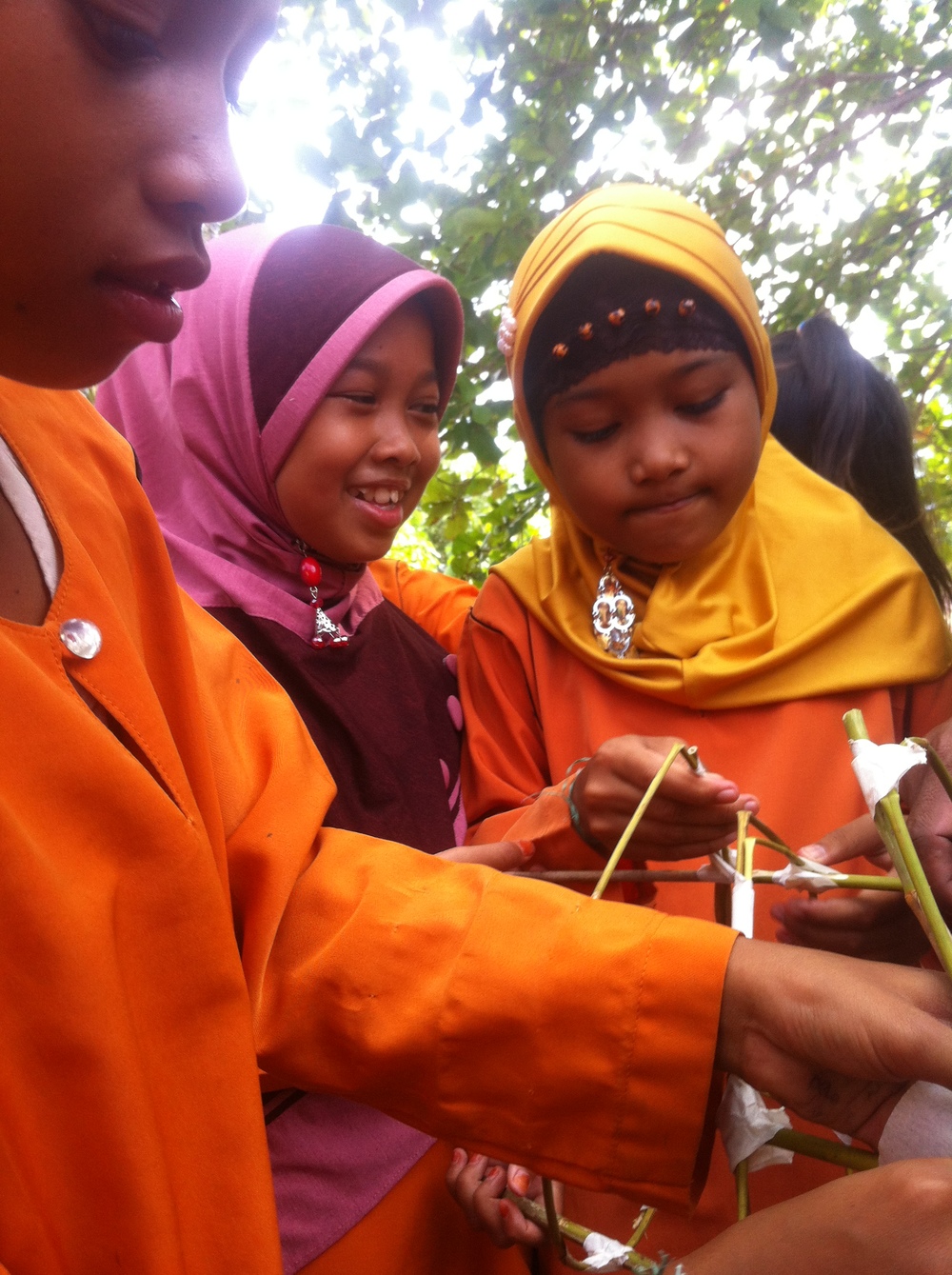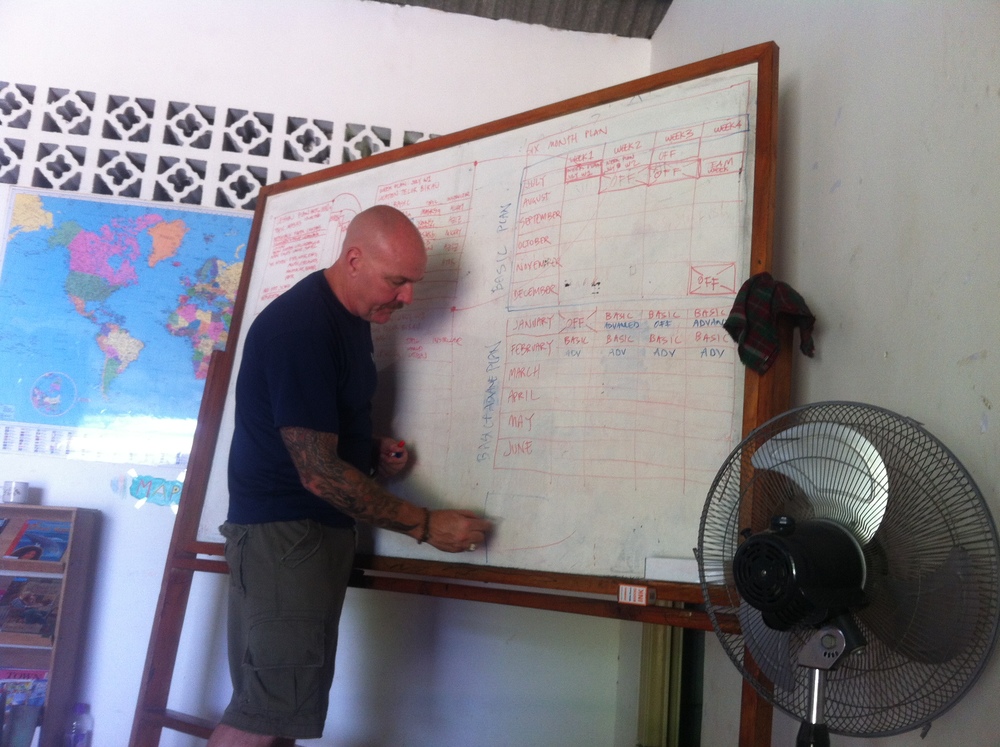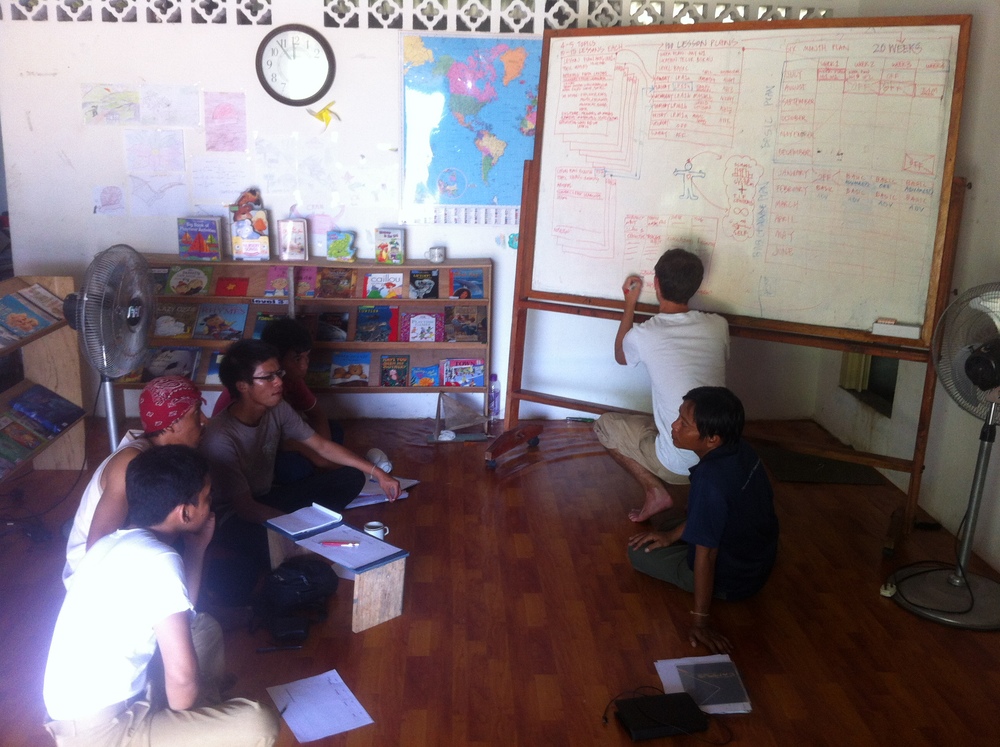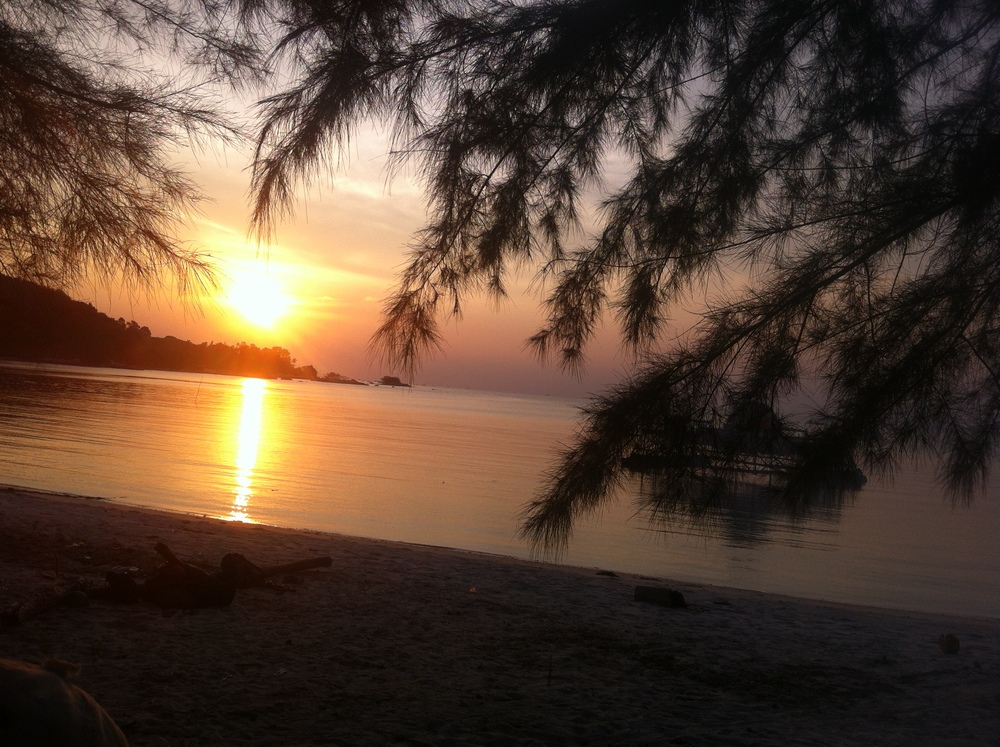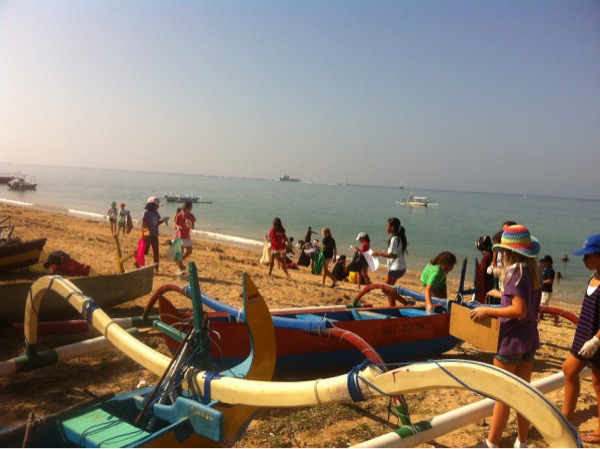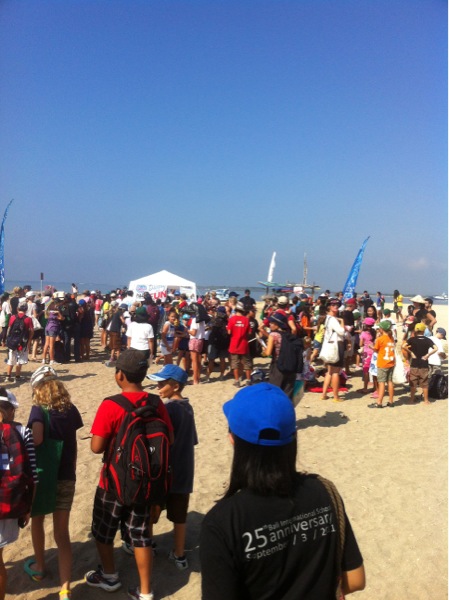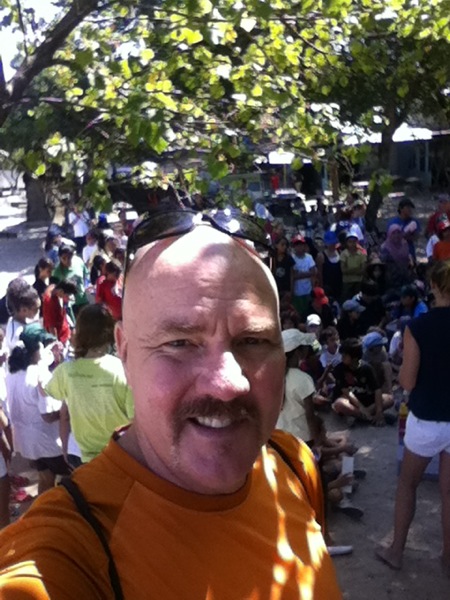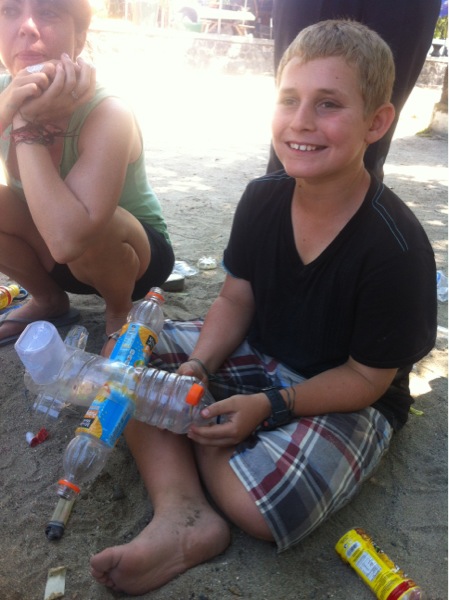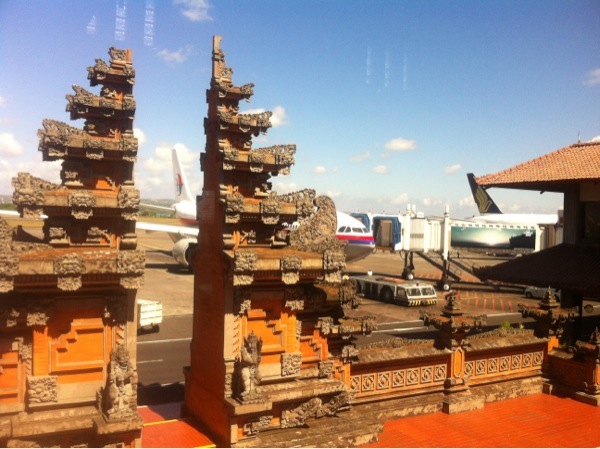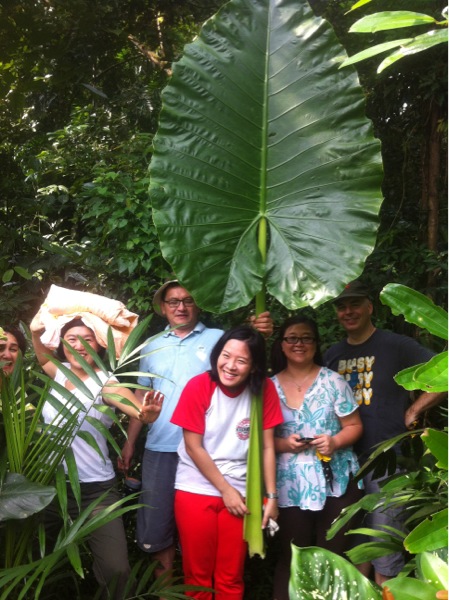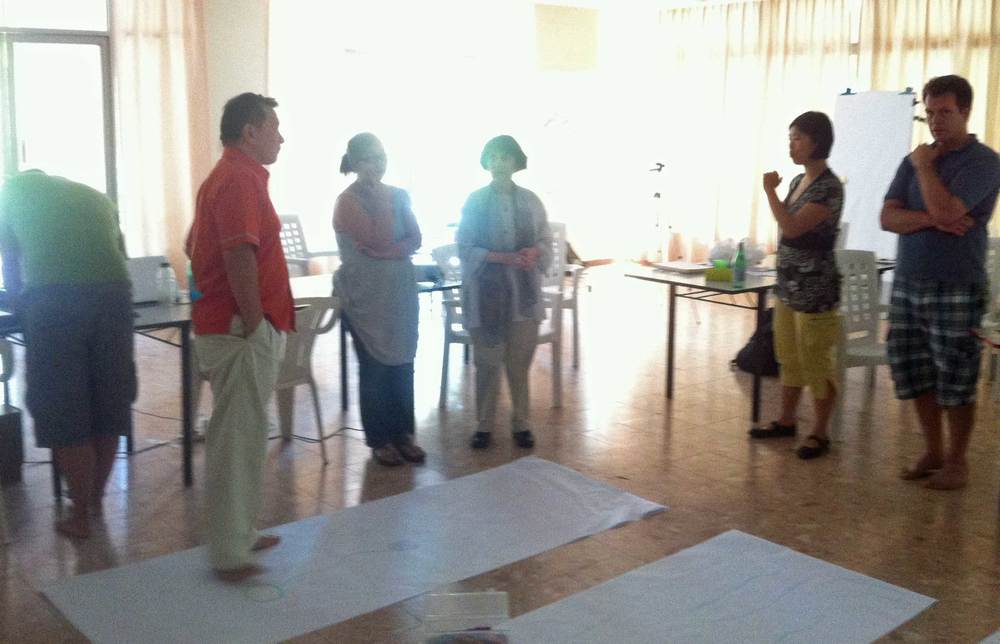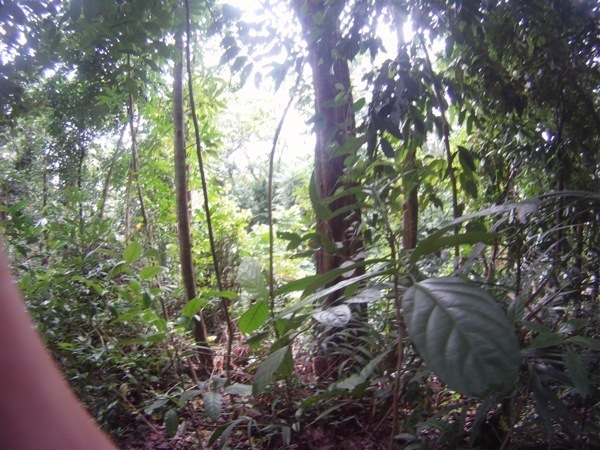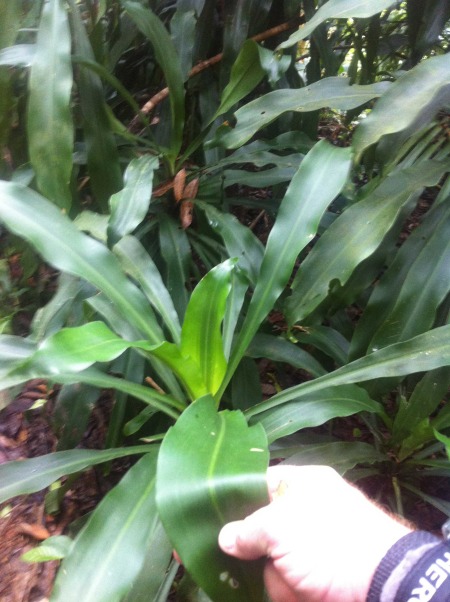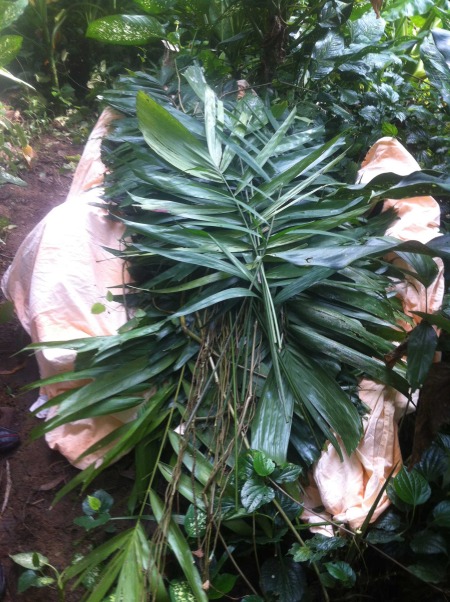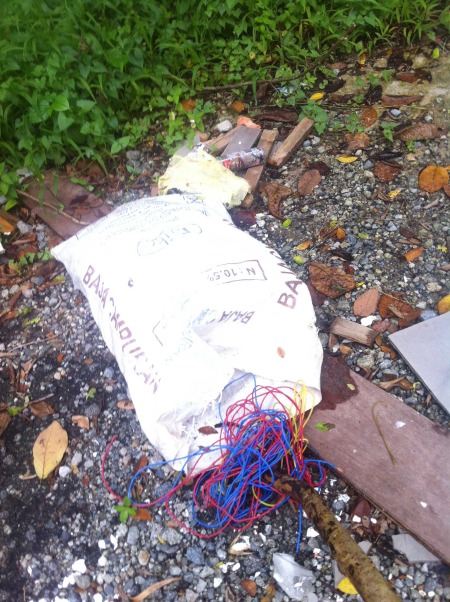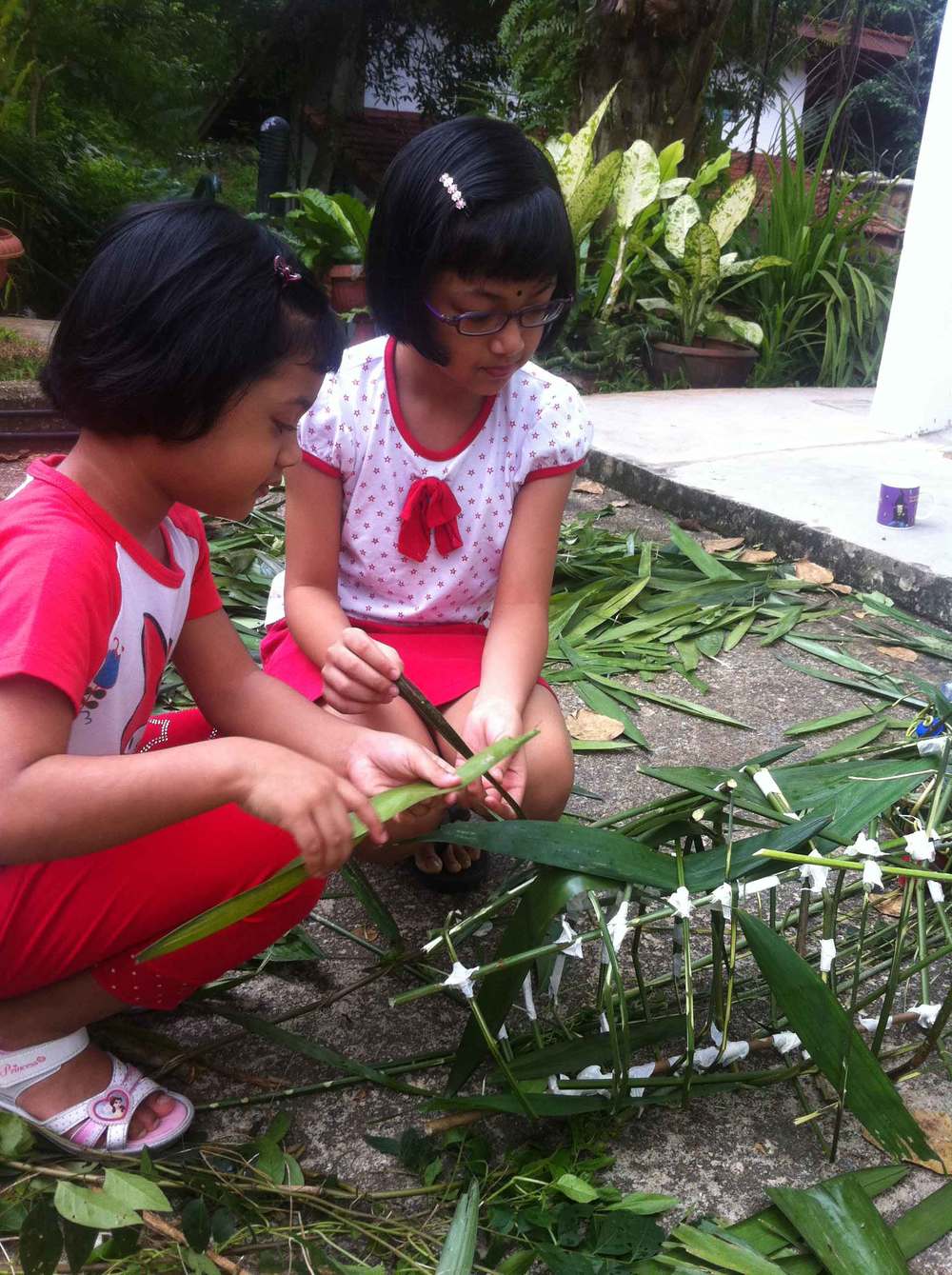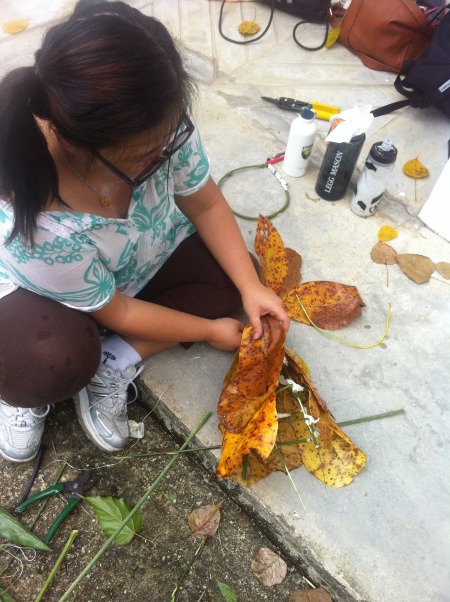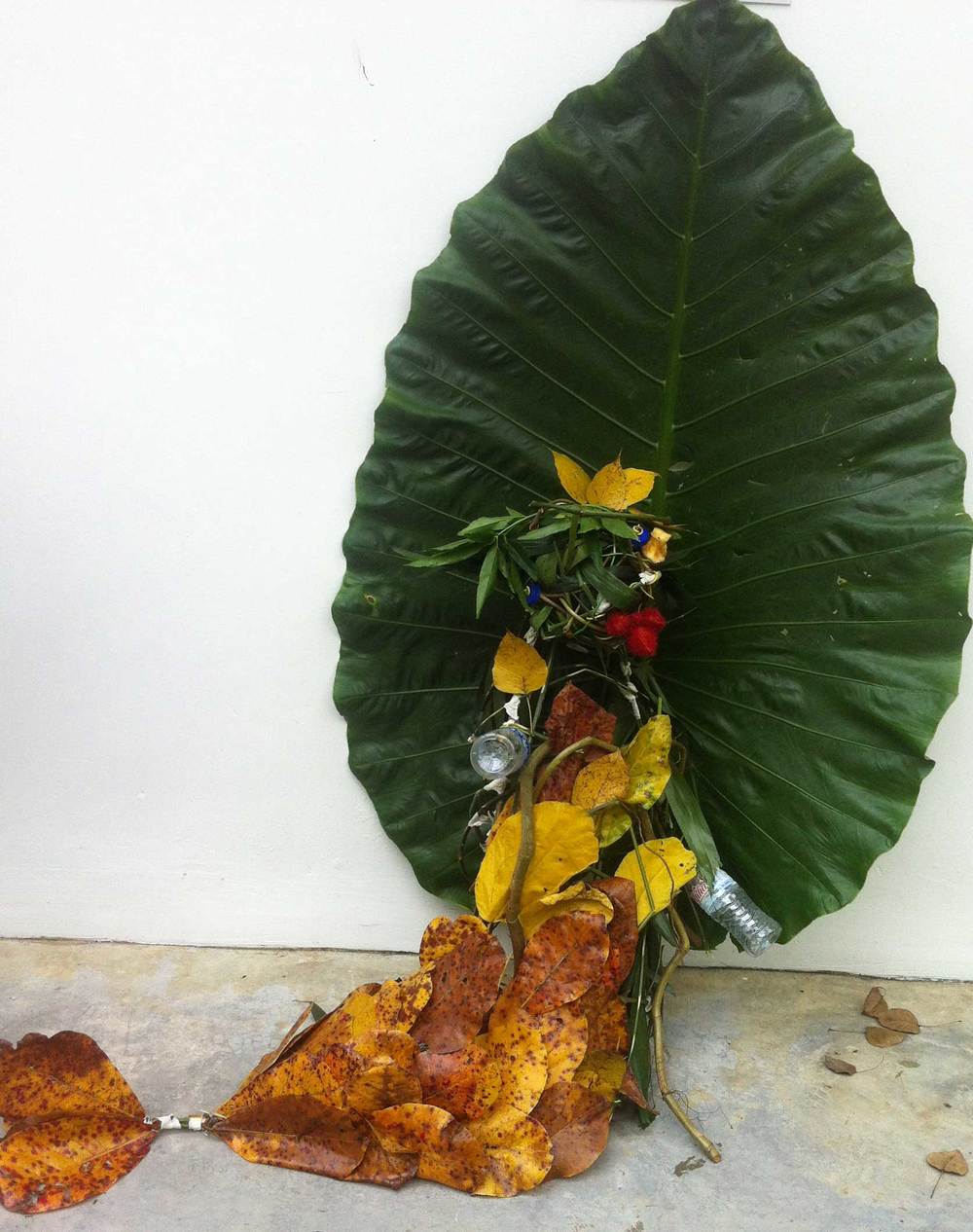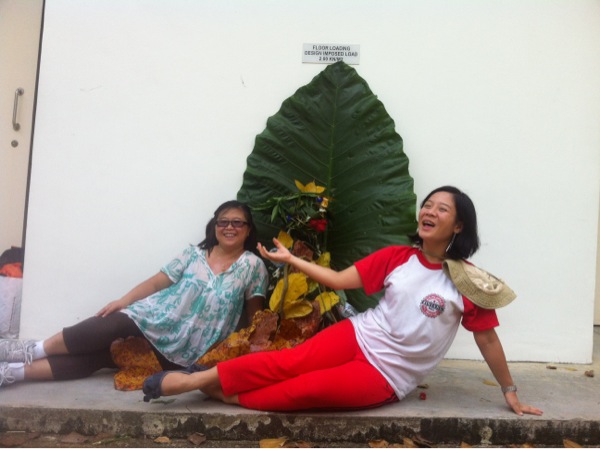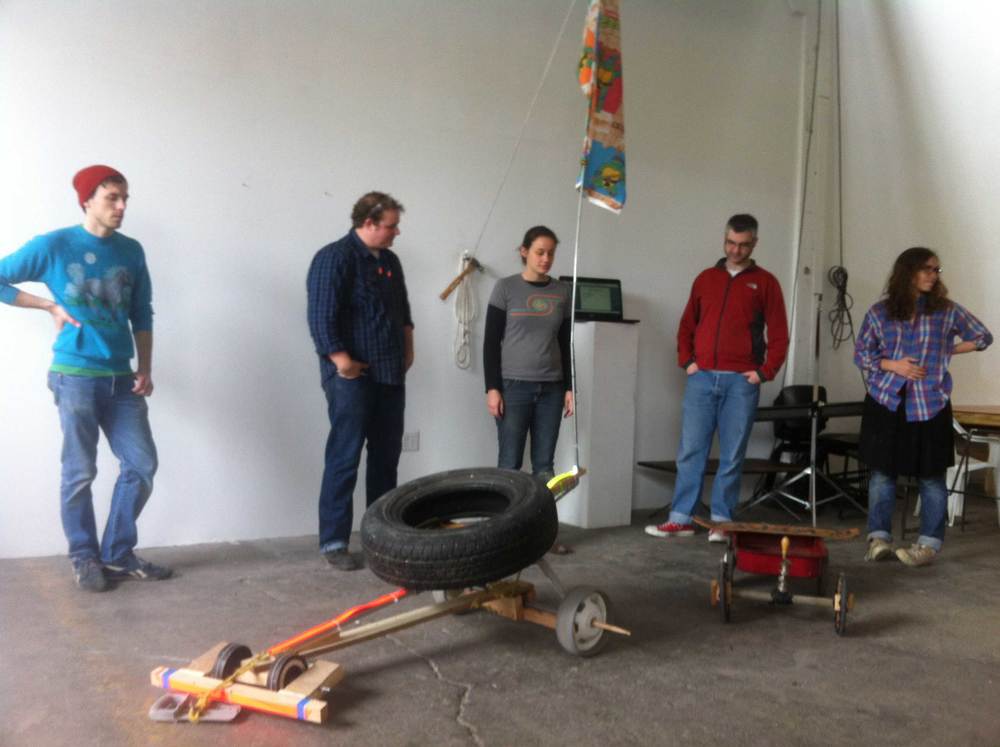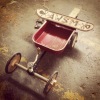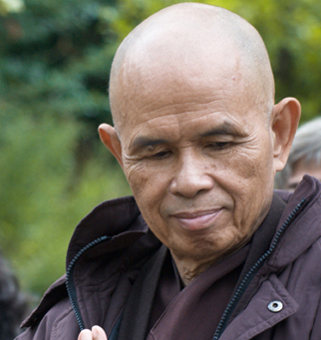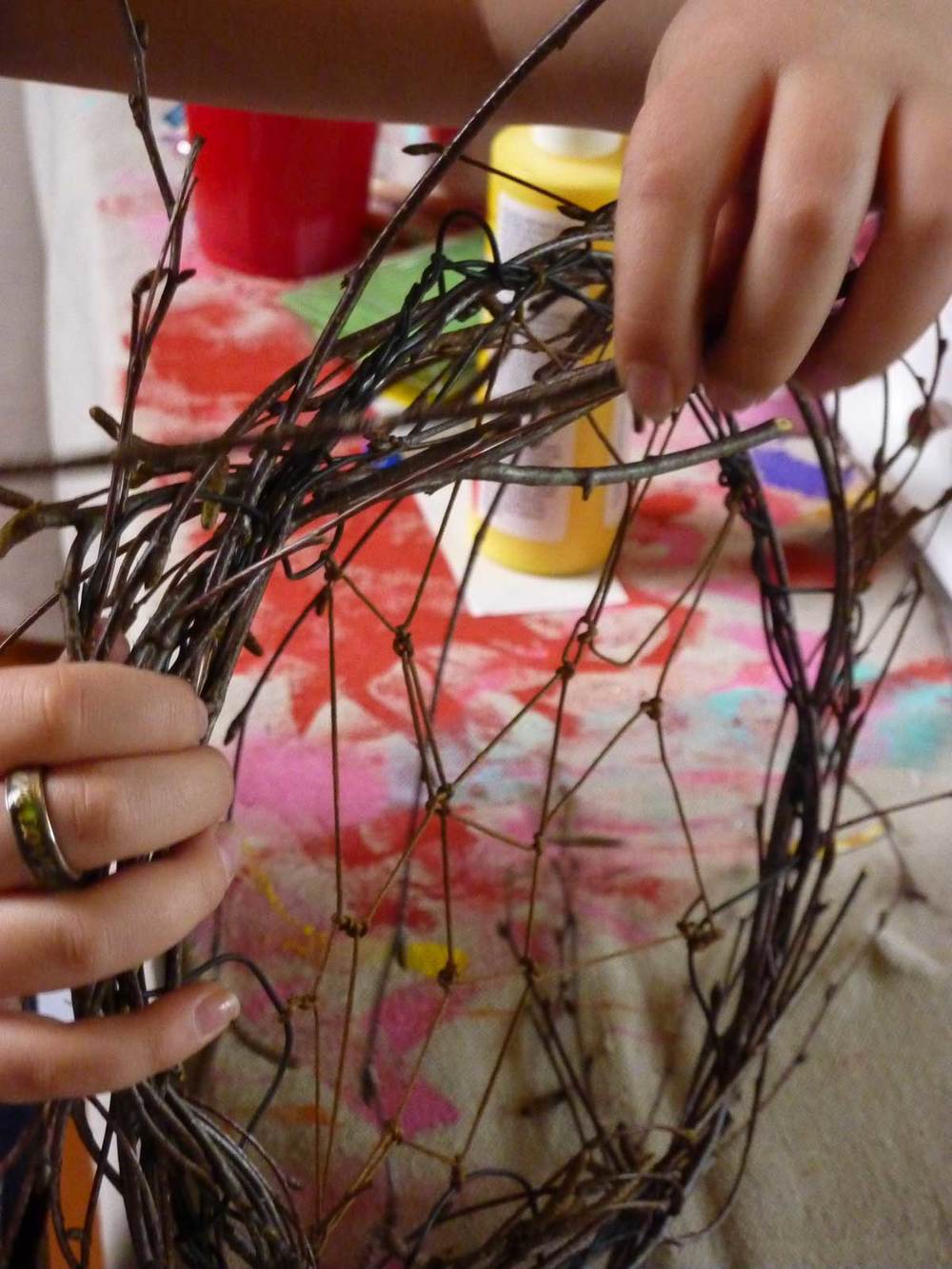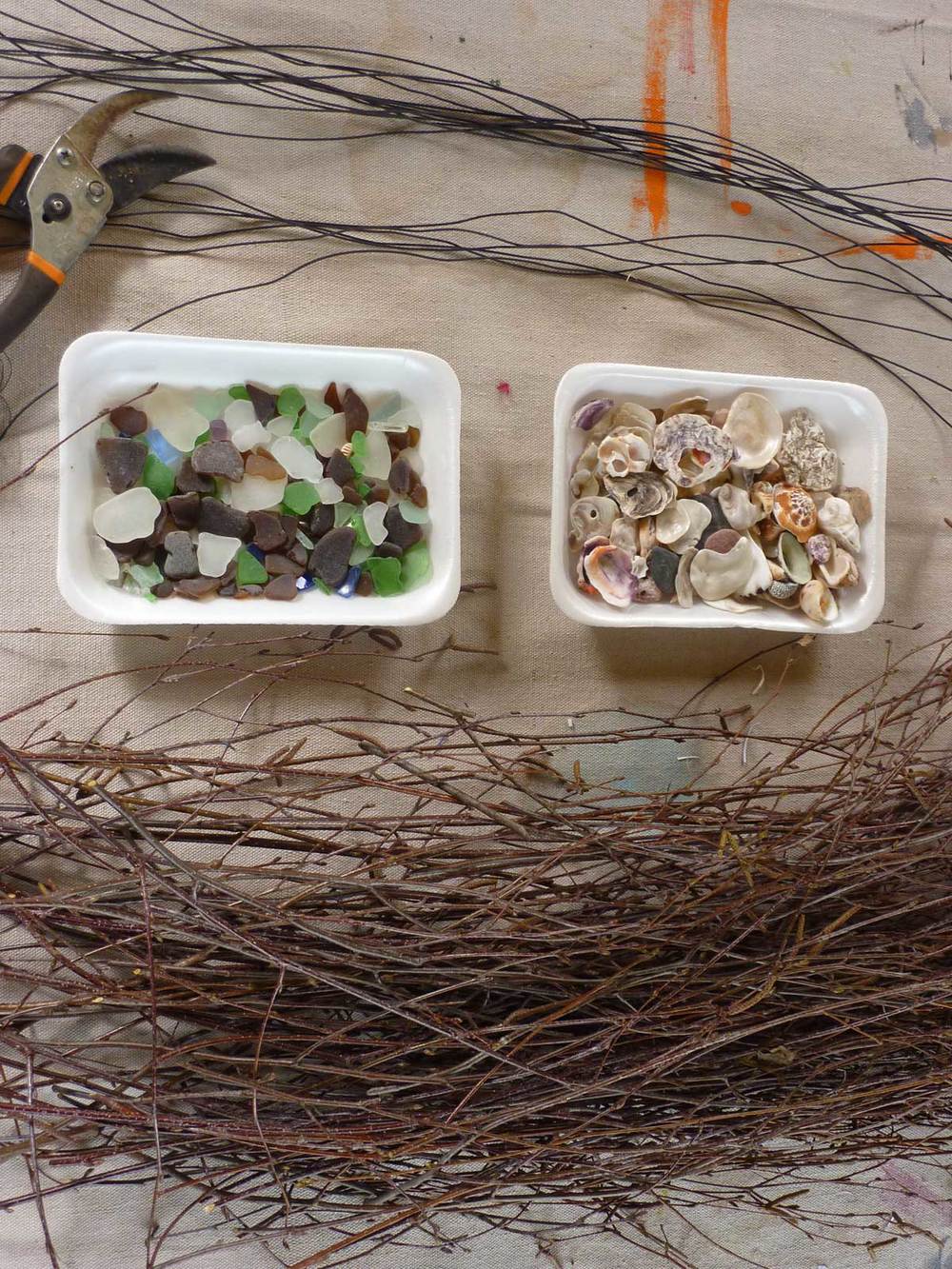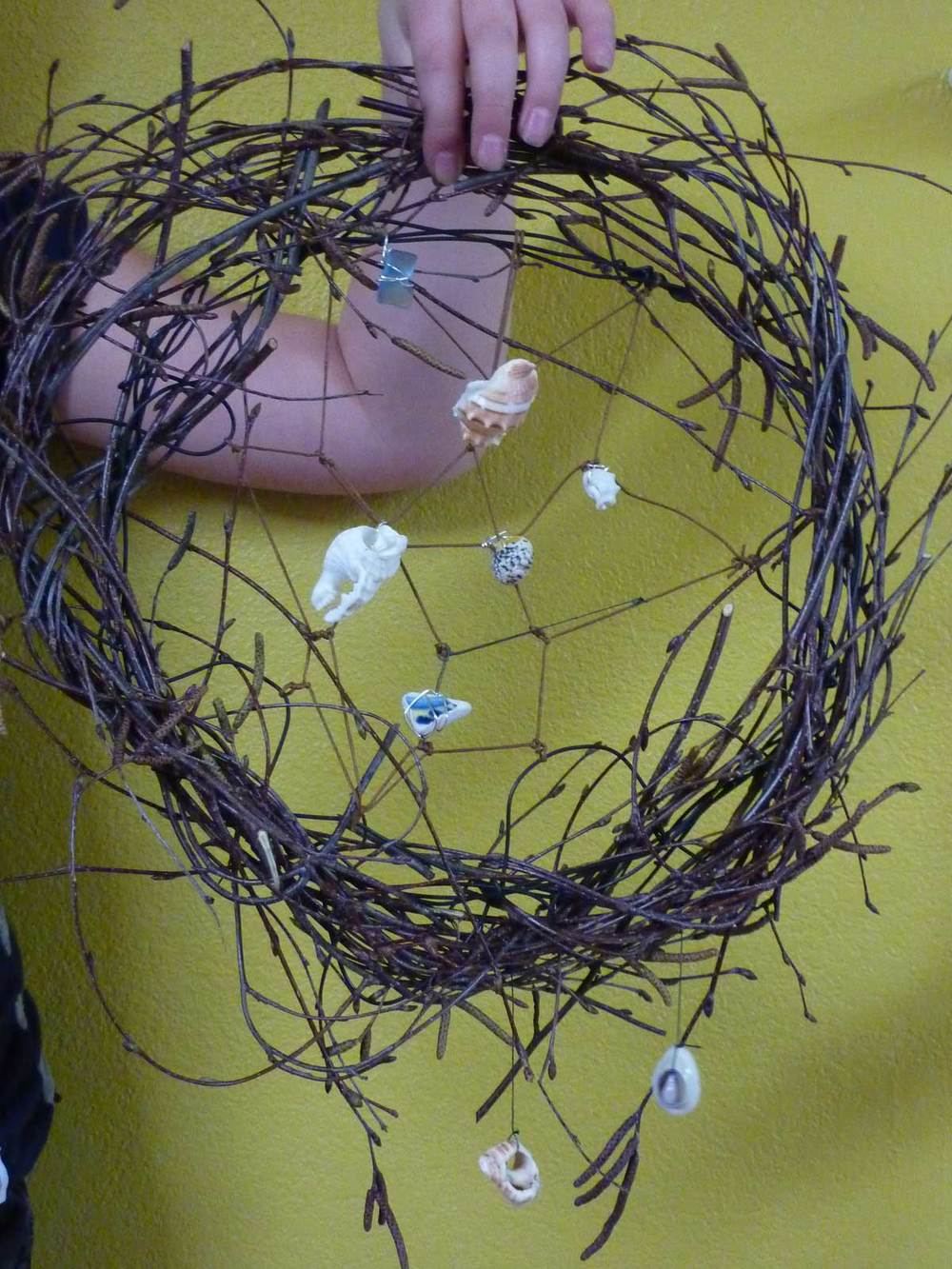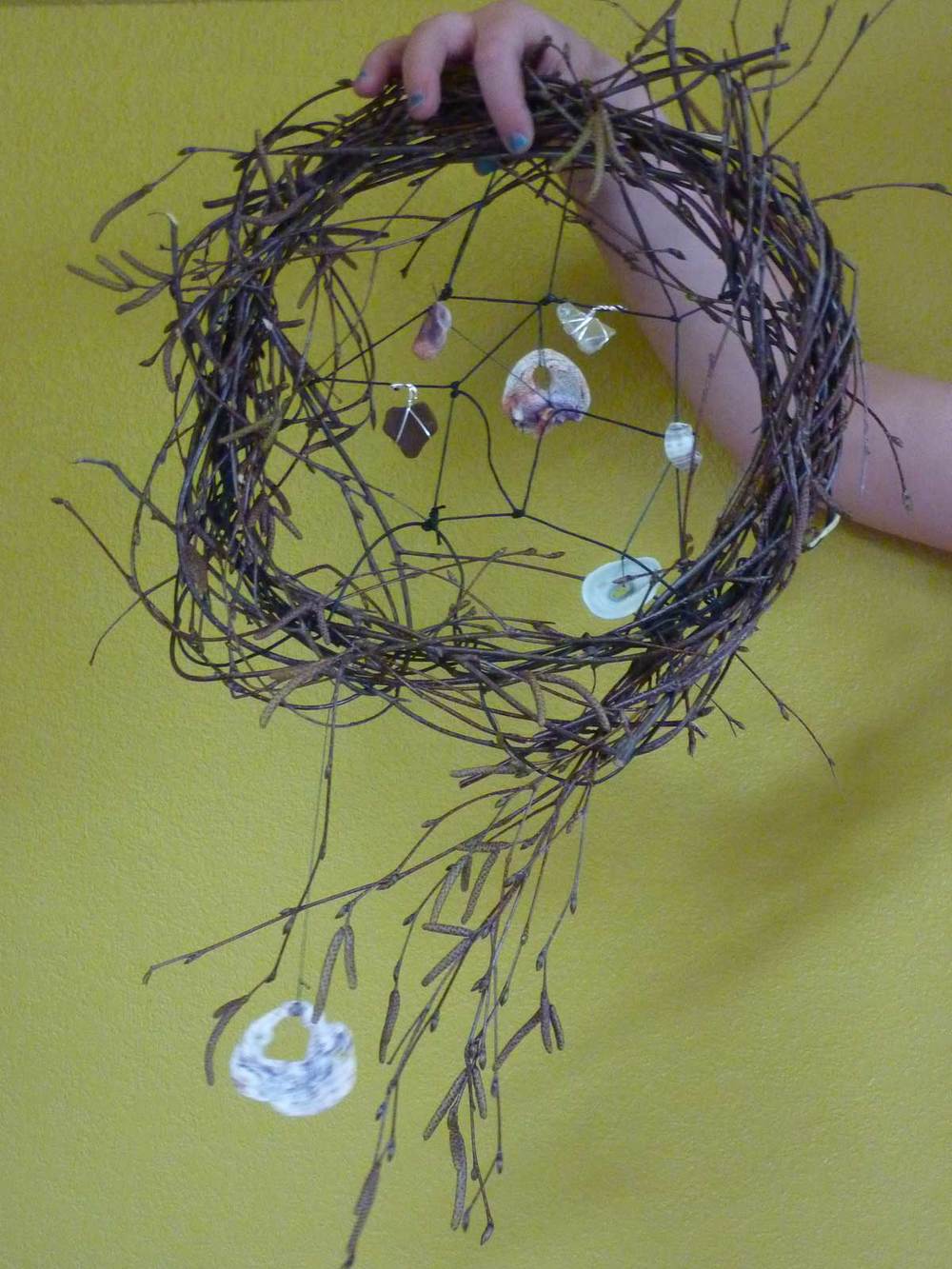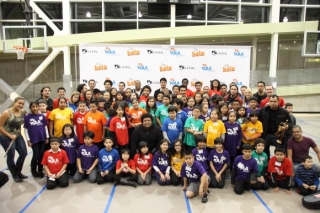First entry for 2013 and boy are we happy about this one!
Through the years Earthaware has had the support of Nike and several of its divisions: Design, Considered, Equipment, Shoes, Apparel and The Nike Foundation (the charitable giving group). A great Nike designer, friend and advocate of our work, Tom DeBlasis is now part of that philanthropic work team. Tom is the guy who brought together the Waves4Water filtration system and Nike access to sport creating the Gamechanger Bucket which has been helping communities gain access to pure, filtered water across the globe for the past three years.
 Tom in Haiti handing out Gamechanger Buckets
Tom in Haiti handing out Gamechanger Buckets
Tom is amazing, not only is he one of the most upstanding and truthful human beings I know, he is also continually looking for ways to connect solutions to problems while thinking at a global level. His latest endeavour is called Full Circle and he has asked Earthaware to be a ground floor member of the effort, to which we happily say yes!

Full Circle addresses an issue very close to our mission here at Earthaware: removal of plastics from the natural environment. The program utilizes local people and resources in the collection, re-purposing, re-grinding, and reforming of plastics, on-site, at locations all around the planet. As we have documented through years of Earthaware projects there is a choking volume of plastics, mostly food packaging, polluting the ecosystems of the planet Earth. We have seen ravines chock full of chips and candies wrappers at 18,000 feet up in the Himalayas and beaches strewn with bottles, bags and other plastics from Indonesia to New Zealand to the USA. It is all over our planet and it is well on the way to killing off most remaining life forms here, including humans.
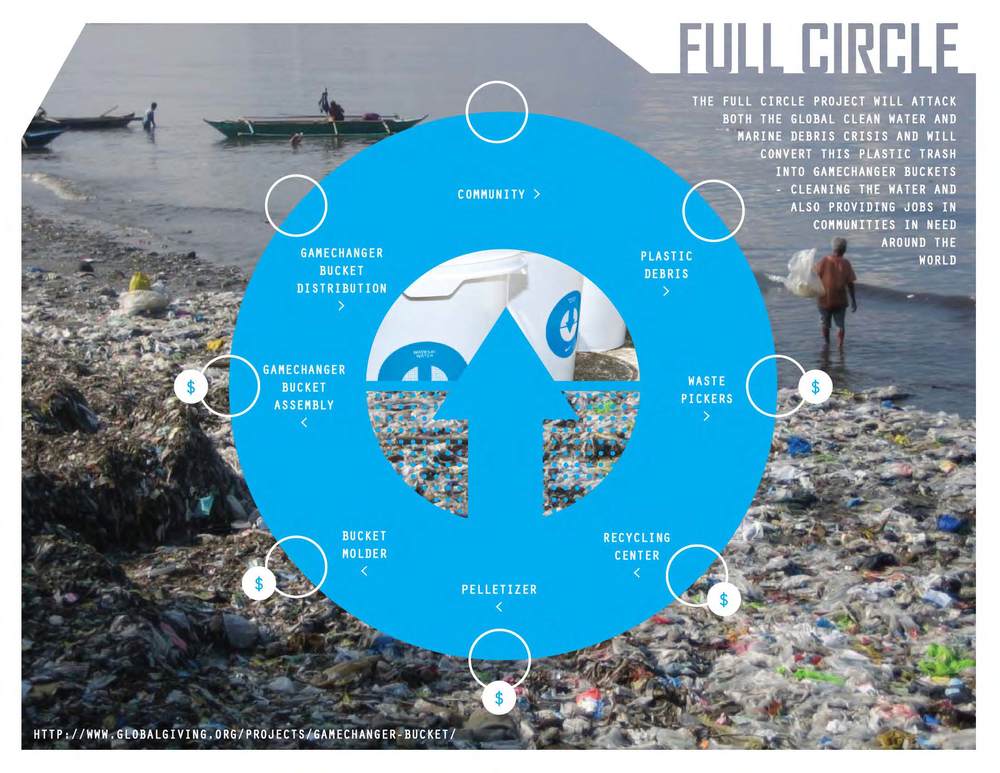
The Full Circle initiative employs new, small and portable plastics molding machines that allow co-mingling of most plastics to form and press useful items from trash. These machines can easily fit into the smaller global standard 20' shipping container meaning they can be deployed to any port in the world and then moved on standard and small sized trucks to where they are needed most. The Full Circle organization will provide the process blueprint for deployment and operation. It starts with picking and gathering the plastics out of the environment wherever the material lays: mountains, river-beds, caves, oceans, beaches... generating employment for locals by creating a value for the trash. The plastics are brought to the forming machine site and sorted then fed into the machine by yet more locals who have been trained in these operations. The outputs are useful and of a more non-disposable nature: household items such as storage containers, tabletop bowls, dishes, and things such as building materials can all be made from the palletized, heated and pressed plastics from trash. These items too are then re-purposable, can be ground up again and reformed... effectively closing the circle on the the plastics impact. The consumption of the outputs is intended to also be local, cutting the trasportation of goods footprint. Its really going back to Cottage Industry using current materials and technology.
The ultimate result will be the shifting of the perceived value of plastics from something that gets dropped on the ground as soon as one unwraps it, to a material that they can get some value back from. The local environment will be picked clean of plastics because there is a value in the trash. People will forage further and further to pick trash because they can get a value for it: getting plastic trash to have a value is the intention. I invite you to pick some plastic trash up today as you walk around after reading this, I know I will.
We will start this year, 2013, in Bali and in Nepal by setting up a Full Circle system both in the mountains and at the sea and putting the program into action . We will create jobs, clean the environment, offer simple products and enlighten perceptions of what "disposable" and "trash" means. Tom is a visionary and we are visionaries too, once again we team up with Tom and all who are stepping up to Full Circle. As a team we intend to change the way humans look at, handle and value plastics, please watch here for more through the coming months.
Owen



